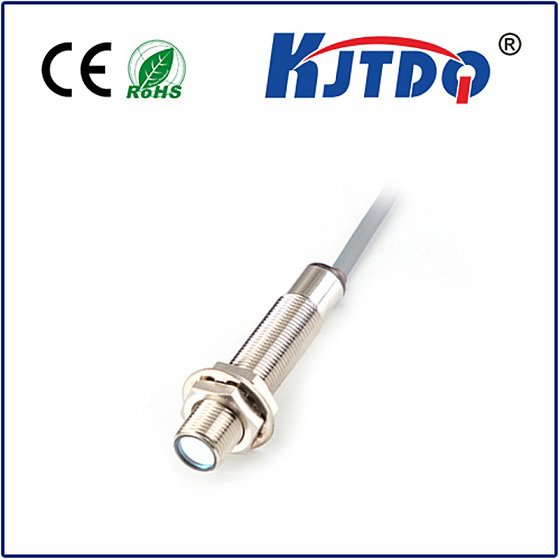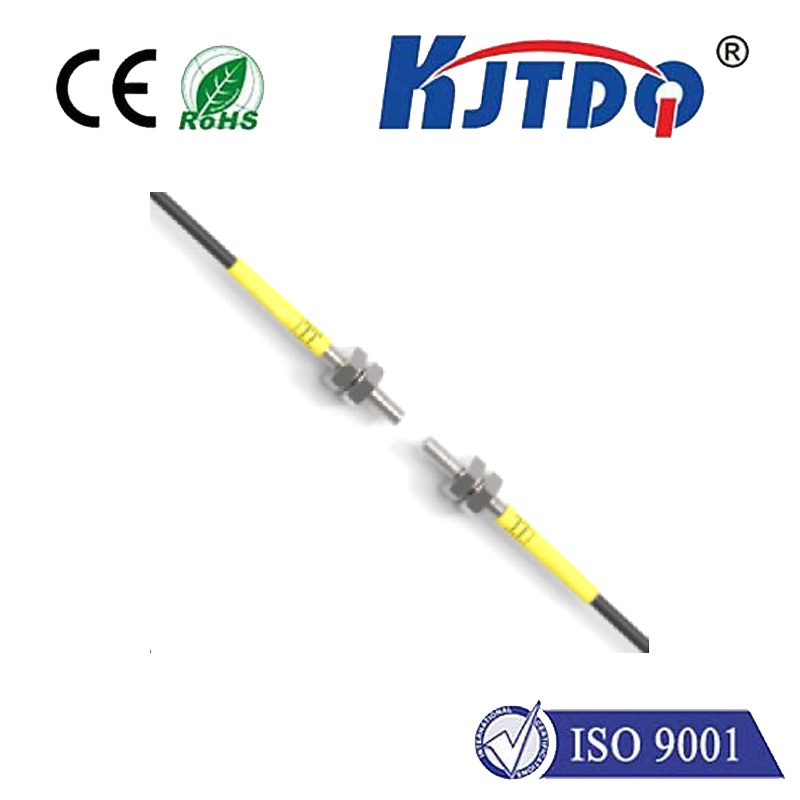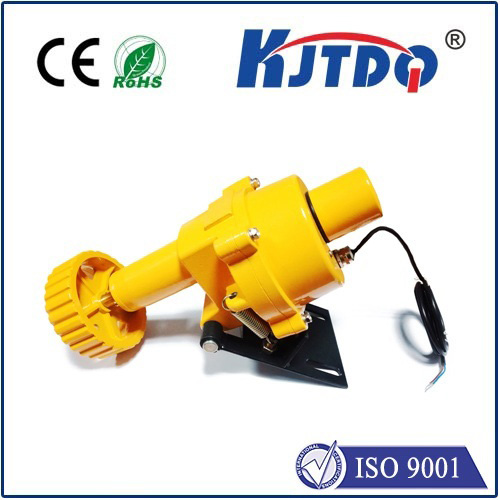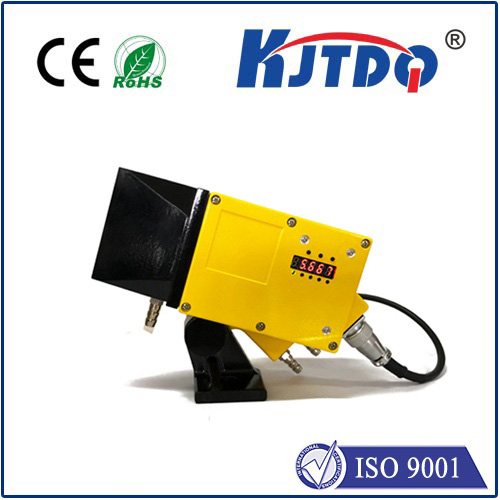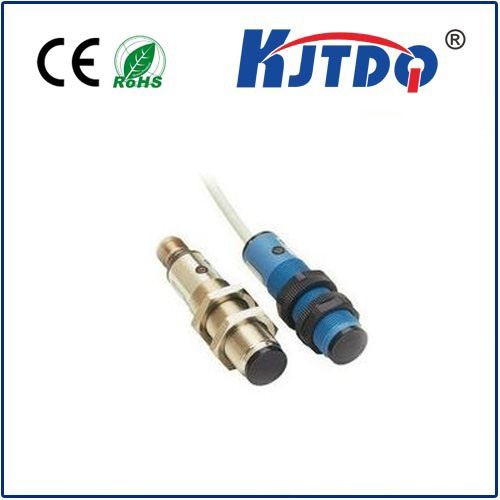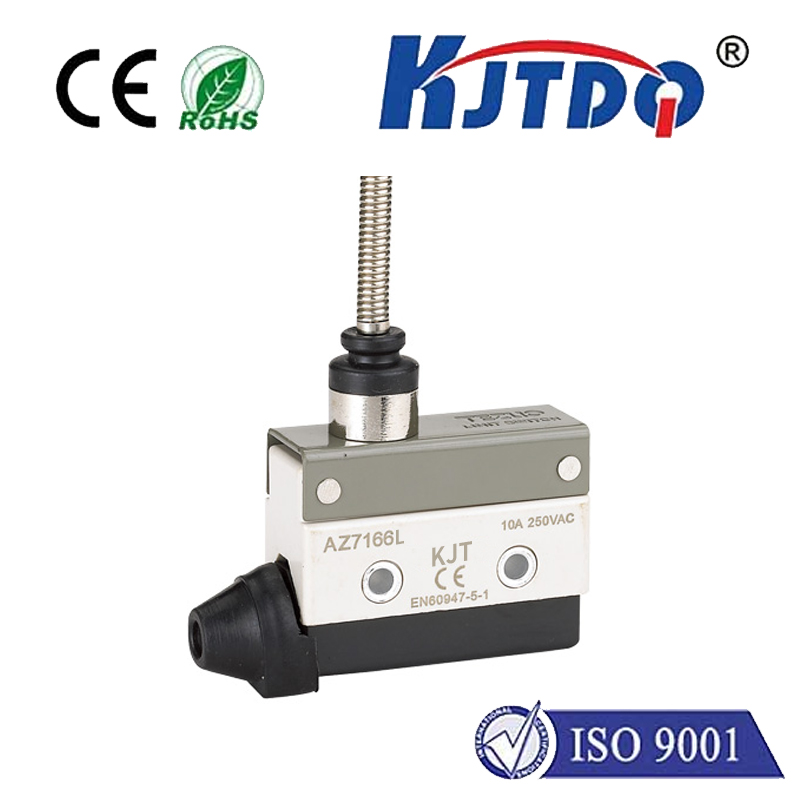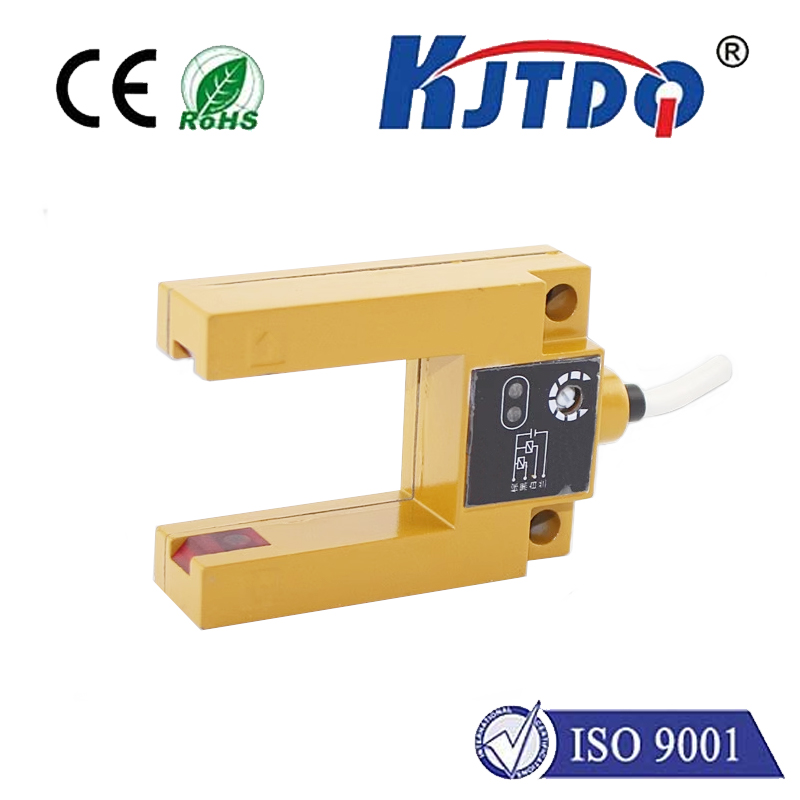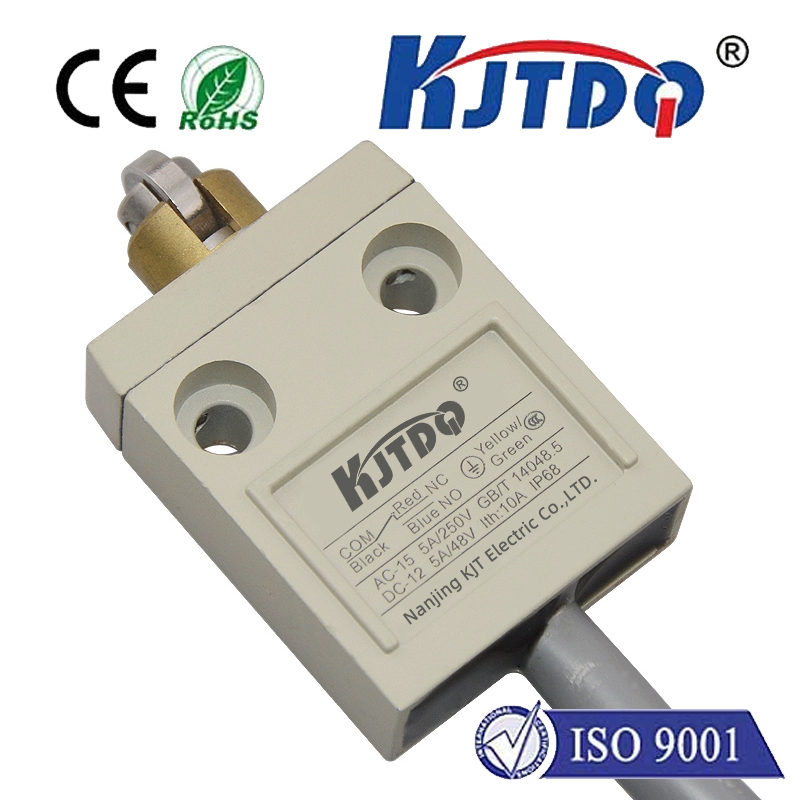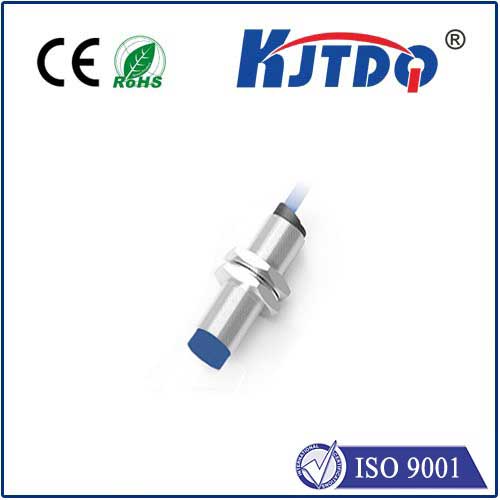proximity sensor elevator
- time:2025-09-08 14:18:59
- Click:0
Beyond Buttons: How Proximity Sensors Elevate Modern Lift Efficiency and Safety
Imagine stepping towards an elevator, laden with packages, and the doors magically glide open. Or, carrying a child, you approach, and the lift awaits without a frantic button press. This isn’t magic; it’s the silent, intelligent work of proximity sensor elevator technology. These unassuming components are fundamentally reshaping the user experience, safety protocols, and operational efficiency of vertical transportation, moving us decisively beyond the era of simple push-buttons.
A proximity sensor is essentially an electronic eye that detects the presence, absence, or approach of an object (usually people or obstacles) without physical contact. In the context of elevators, they are strategically integrated into the door system, car interior, and landing areas to gather crucial information, enabling smarter, more responsive behavior. Common types include infrared (IR) sensors, capacitive sensors, and ultrasonic sensors, each with specific strengths for different detection scenarios within the lift environment.
Unlocking Key Advantages for Elevator Systems:

- Enhanced Safety: The Guardian Role
This is arguably the most critical function. Proximity sensors act as vigilant guardians:
- Anti-Collision Detection: Sensors monitor the door closing path. If an object or person is detected within this zone as the doors are closing, the sensor signals the control system to immediately reverse the door movement, preventing painful and potentially dangerous impacts. This critical safety feature significantly reduces accidents.
- Obstruction Prevention: They ensure the path is clear before the car departs, preventing unexpected movement while passengers are entering or exiting.
- Touchless Operation: Hygiene and Convenience
Particularly vital in the wake of heightened health awareness, touchless elevator operation powered by proximity sensors minimizes surface contact:
- Automatic Door Activation: Sensors mounted on the landing detect approaching passengers, triggering the doors to open automatically, eliminating the need to push a call button or physically interact with the door.
- Destination Selection (Potential Future Integration): While currently more reliant on other tech for complex selections, proximity sensing can contribute to interfaces where a simple gesture near a control panel zone selects a floor, further reducing touchpoints.
- Optimized Traffic Flow and Energy Efficiency
Proximity sensors contribute significantly to smoother elevator operation:
- Reduced Dwell Time: By detecting the presence of passengers waiting, doors open promptly. Inside the car, sensing passengers ensures doors stay open long enough for safe entry/exit but close efficiently once the area is clear, reducing unnecessary waiting time at each floor.
- Energy Savings: By accurately detecting occupancy, the control system can optimize lighting and ventilation within the car. Lights and fans can intelligently dim or power down when the elevator is unoccupied, contributing to tangible energy savings for building operations.
- Improved Accessibility
Proximity sensing is a boon for accessibility:
- Hands-Free Access: Individuals using wheelchairs, carrying items, or with limited hand mobility benefit immensely from automatic door opening triggered by their presence near the landing sensor.
- Extended Door Hold: Sensors can reliably detect users who may need more time to board or exit, ensuring doors remain open long enough for safe and dignified access.
- The Foundation for Predictive Maintenance
Proximity sensors provide valuable operational data: By constantly monitoring door operation cycles, response times, and potential obstructions, the sensor data feeds into the elevator’s monitoring system. Analyzing trends can help identify developing issues – like a door struggling to close due to misalignment or increased obstruction triggers hinting at a sensor needing cleaning or adjustment – enabling predictive maintenance. This means technicians can address minor problems before they escalate into costly breakdowns or safety hazards, improving reliability and reducing downtime.
The Driving Technology: Sensing the Unseen
Understanding the common types helps appreciate their roles:
- Infrared (IR) Sensors: Often used for door safety edges and presence detection in the car. They typically work by emitting an infrared beam; an object interrupting the beam triggers the sensor (through-beam) or by detecting reflected IR light (reflective). They are reliable and cost-effective for many object detection tasks.
- Ultrasonic Sensors: Emit high-frequency sound waves and measure the echo’s return time. Excellent for presence detection within the entire door zone or car interior, sensing objects regardless of material, and not requiring a direct line of sight. Ideal for detecting people leaning into the doorway or parcels placed on the floor near the door.
- Capacitive Sensors: Detect changes in an electrical field caused by a nearby object (like a person’s body). These can be used for sophisticated touchless control panels where a hand wave near a symbol selects an action.
The Future is Sensing
The role of proximity sensor elevator technology is far from static. Integration with broader smart building systems is accelerating. Sensor data feeds into building management platforms, optimizing elevator dispatching based on real-time traffic patterns detected by landing sensors. The future points towards increasingly sophisticated systems, potentially incorporating AI to learn usage patterns, enhancing predictive maintenance accuracy, and creating even more intuitive, personalized user journeys. The seamless, safe, and efficient elevator experience we increasingly expect hinges on the continuous, reliable input from these vital proximity sensors.
Elevator proximity sensors are no longer just add-ons; they are fundamental components of modern, intelligent vertical transportation. By enabling touchless operation, enhancing safety beyond mechanical limits, optimizing energy efficiency, improving accessibility, and laying the groundwork for predictive maintenance, they silently but powerfully elevate the performance and user satisfaction of every journey between floors. As technology advances, these small electronic sentinels will continue to be at the forefront of shaping smarter, safer, and more responsive elevator systems for the buildings of today and tomorrow.






